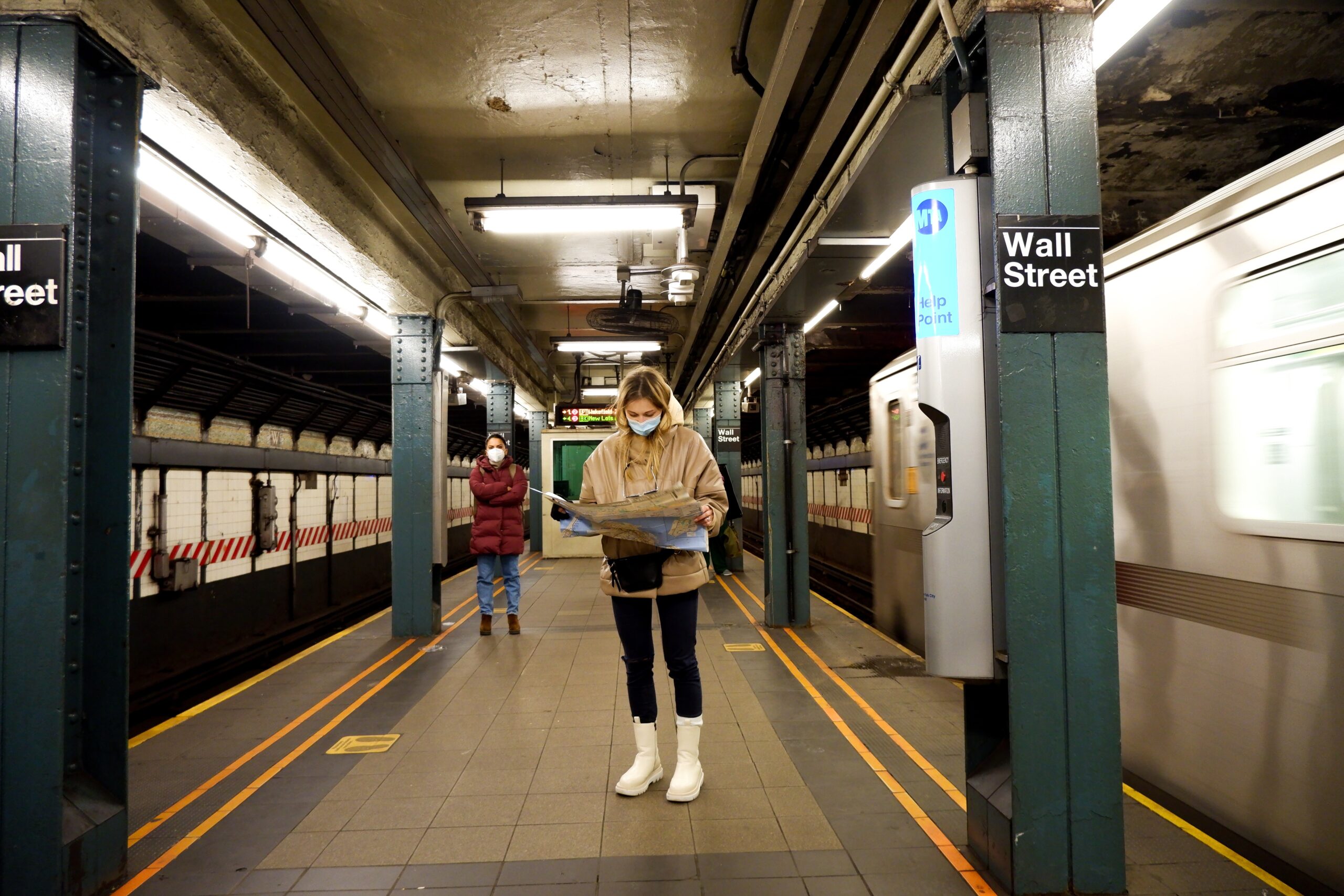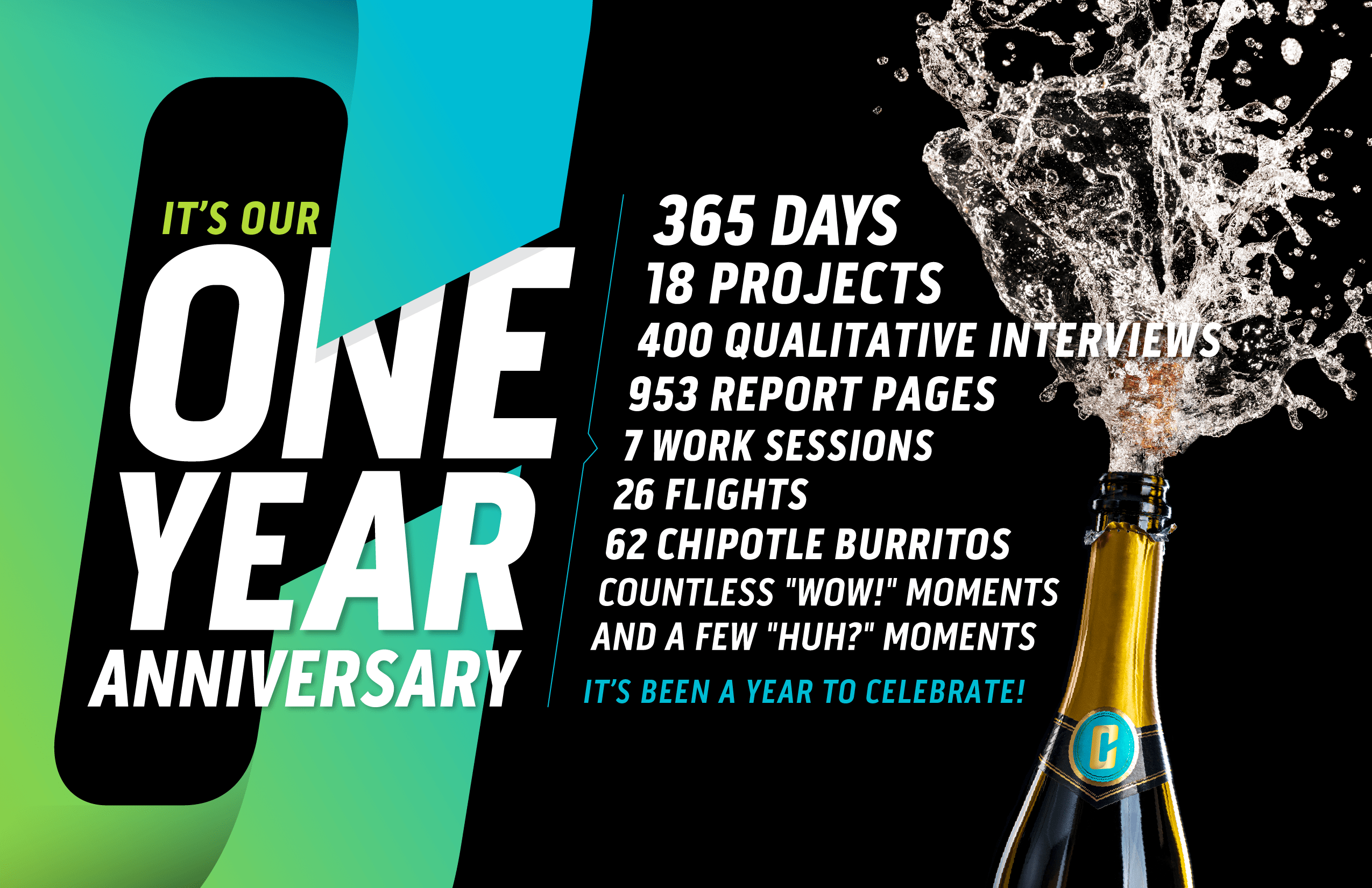
Catapult Insights’ Quantitative Offerings Go Beyond the Basics
Catapult Insights’ Quantitative Offerings Go Beyond the Basics
Many of our clients know Catapult Insights for our qualitative expertise and innovation capabilities, but some are surprised by the passion we bring to complex quantitative research designs and analysis. That’s why we love working with Tom Rosholt, our Statistical Consultant and Claims Substantiation Expert.
With a wide variety of experiences over the course of 28 years on both the client and supplier sides, Tom has depth and breadth in the quantitative research space — choice models, segmentation, new product pricing, predictive models, massive databases, method development, questionnaire design, novel analysis techniques, information display, and more.

Tom helps clients make critical decisions about their brands and offerings by ensuring the right data is collected, then accurately framing what the analysis does (and does not!) say so that data-driven decisions are grounded in reality. In addition to his marketing, business, and data sciences expertise, Tom is also a nationally recognized expert in ad claim substantiation and together, we’ve helped clients differentiate themselves in the market through data-backed ad claims.
Where Tom really stands out is in his ability to come up with creative, elegant solutions to complex problems and distill the data into digestible insights all while maintaining his stellar sense of humor. Tom elevates every quantitative research program he touches and helps our clients find success.
From Tom: “Nothing gives me more pleasure than helping people form a level of comfort with and a fundamental understanding of something that initially looks to be formidably complicated. Working with Catapult Insights is enormously gratifying in this sense, as they share this passion and are superb research partners (and darn nice people!).”
Read more about Tom on our Collaborate page and drop us a line to see how Catapult Insights can help you answer your challenging business questions through quantitative research and advanced analytics.
THE CATAPULT INSIGHTS TEAM











